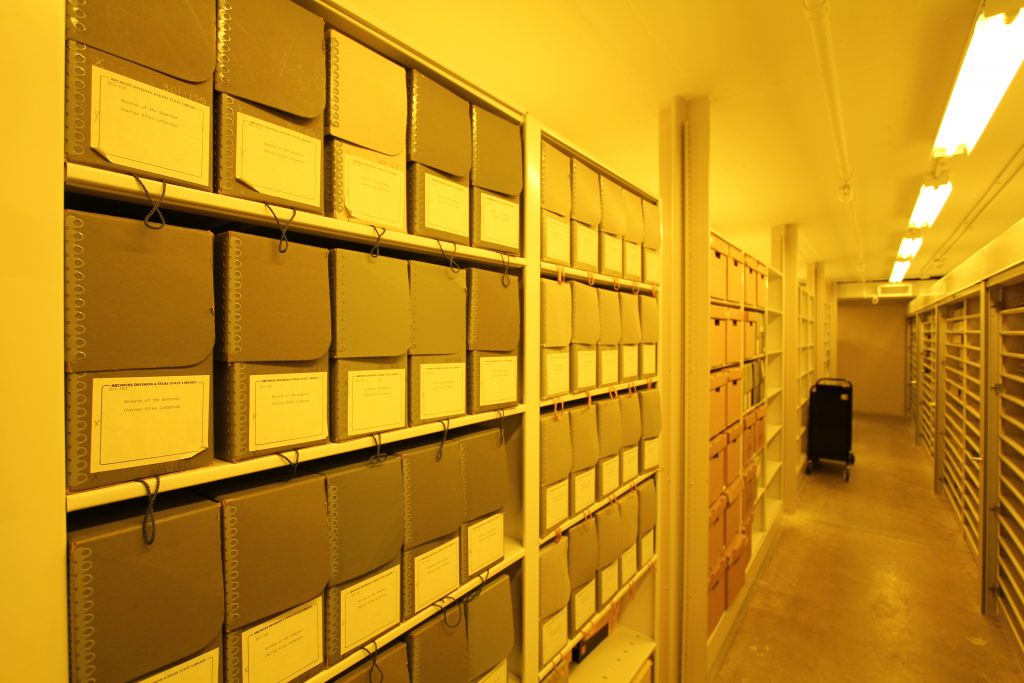Last summer, I spent a few weeks in the State Historical Society of Missouri developing an assignment for a new course called Women Writing Lives. I envisioned brining students into the archives and wanted them to get a sense of how enthralling archival work could be. It was more successful than I ever could have predicted, so I wrote a short piece about it for Assay: A Journal of Nonfiction Studies. Here it is.
On Chronology and Necessary Abandonment: Working with Letters and Diaries
The first review of Epistolophilia: Writing the Life of Ona Šimaitė appeared a few days ago. And even though this isn’t my first book or review, it’s still a wild ride to have strangers reading my work.
In her review of the book, Claire Posner points to a major challenge that I faced writing this book: chronology.
She’s right: rather than telling Šimaitė’s story from beginning to end in a clean and linear fashion, I attacked the librarian’s life by topic, and attempted to answer the questions that the process of piecing her story together raised for me.
This book, as many of you know by now, was a struggle to write. The archival materials I was working with (letters and diaries) resisted my efforts to tame them. I simultaneously had too much and too little to work with. Only after a long internal battle and after putting aside some of my ideas about how this book should look did Epistolophilia finally come together.
The funny thing is that despite its being such a major obstacle, I’d pretty much forgotten about the issue of chronology and how much pain it had caused me, until I read the ForeWord review.
So what did I learn from writing Šimaitė’s life? For one: we don’t actually live our lives chronologically. Two: we certainly don’t record them that way. Rather, we move continually back and forth between the past and present, reinterpreting, forgetting, remembering, inventing, telling ourselves our own histories, then (in the best cases) turning around and recounting those histories to our children, our loved ones, and our readers.
So, when I was recently asked by a fellow writer how she should tackle a large collection of letters in her possession, I had to stop and think. The obvious advice is to organize and read the letters and diaries chronologically (if they come from different archives, be sure to devise a system to identify the source of each letter before mixing documents up — I used coloured star stickers). Then, the second most obvious piece of advice would perhaps be to abandon chronology altogether.
The difficulty lies in the fact that you’ve got to make order from chaos to start. But then you may realize that the order has created a new kind of chaos. Do not confuse mere chronology with structure. Chronology may be a start, but it may not be a solution. It may even be a problem.
I suspect that each body of correspondence or life writing demands its own structure when being reworked for a book. This is great, because it means that there are no rules. (But the bad news too is that there are no rules.) You have to pay close attention to your material and tease out its meaning. With luck, once you have meaning, structure should follow. By this I mean that once you see a story emerging from a pile of documents, chances are you can also see how to tell it.
The best I can offer for now, in terms of a method, is this:
- Organize your materials chronologically.
- Read them chronologically
- Track the story they tell. (Find their meaning)
- Abandon chronology if necessary. (Build a structure)
- Tell the story as the material demands.
I’d love to hear from others working with letters and diaries. How have you coped with an embarrassment of riches that resists structure? How do you organize your material and tame it? What is your relationship to chronology and the material traces of lives lived?
Share your thoughts and experiences. Perhaps we can learn from one another.
[Photo: MarcelGermain]
This post is part of a weekly series called “Countdown to Publication” on SheWrites.com, the premier social network for women writers.



